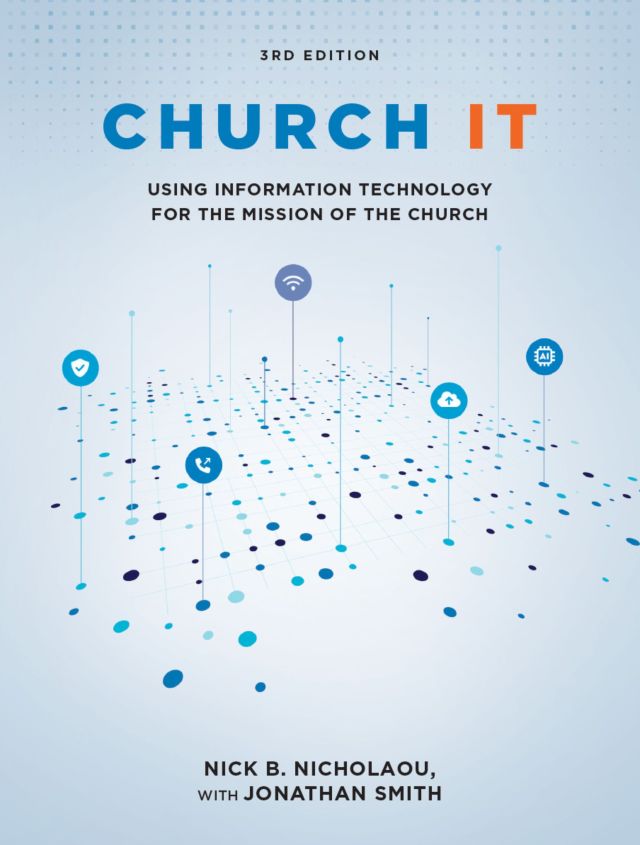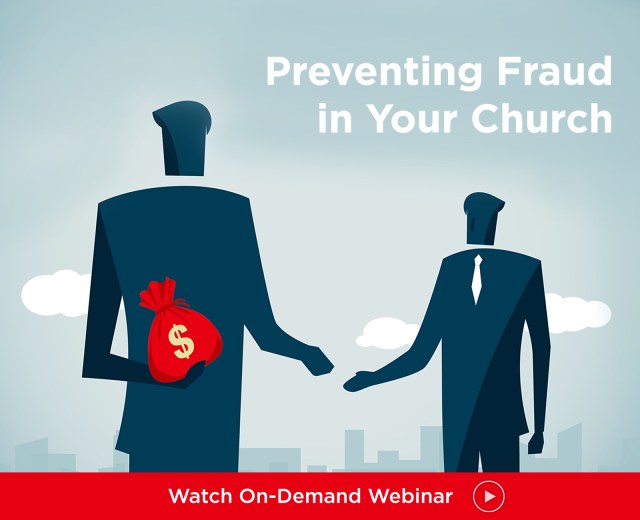Child abuse—and child sexual abuse—are a parent or pastor’s worst nightmare. If you’re a parent, a sibling, or an individual who has experienced abuse in any form, you know the long-term ramifications of abuse. And for a church, the repercussions, both emotional and financial, that come from abuse taking place within the church are enormous, and long-lasting.
Despite what one may think about the general safety within church walls, reports of child sexual abuse in churches are the number one reason churches go to court—and awareness of the facts and statistics surrounding child abuse and child sexual abuse are an important tool in helping churches and families prevent future crises. Below is a collection of the latest research on child abuse and child sexual abuse. The more church leaders are knowledgeable about this issue, the more diligent they’ll be about matters of child and youth safety and background checks, and the safer churches will be.
The Stats Surrounding Child Abuse
The Child Abuse Prevention and Treatment Act defines child abuse and neglect as, “Any recent act or failure to act on the part of a parent or caretaker which results in death, serious physical or emotional harm, sexual abuse or exploitation, or an act or failure to act which presents an imminent risk of serious harm” toward a child.
According to recent statistics from the US Department of Justice, 1 in 6 boys are sexually abused before they turn 18, and 1 in 4 girls are sexually abused by that same age. Among children who are assaulted, 35.8 percent are between the ages of 12 and 17, and 34 percent of those abused are younger than 9 years old. Among juvenile victims, 82 percent are female.
These statistics highlight the fact that sexual abuse doesn’t discriminate. The Department of Justice goes on to share that approximately 1.8 million American adolescents have been the victims of sexual abuse, and according to a US Department of Health & Human Services report on child maltreatment from 2012 (the year with the most recent available statistics), an estimated 3.2 million children received an investigation or alternative response from Child Protective Services regarding maltreatment. Child Help reports that according to state agencies in 2012, between 4 and 5 American children died from maltreatment each day.
In 2012, there were 62,939 cases of child sexual abuse reported, according to the US Department of Justice. However, the Department of Justice goes on to estimate that an average of 30 percent of sexual assault cases are never actually reported to authorities.
Effects of Abuse
Child abuse in any form is horrific, but child sexual abuse leaves a drastic scar on any child who endures it. The Centers for Disease Control and Prevention links “adverse childhood experiences (which include other household dysfunctions along with abuse and neglect)” with “a range of long-term health impacts.” Another study showed that women who were abused as children were significantly more likely to struggle with alcohol abuse later in life.
The American Journal of Preventive Medicine featured a study determining whether or not childhood abuse impacts the longevity of an individual. They found that adults who suffered from six or more “adverse childhood experiences” died, on average, two decades earlier than individuals with healthy childhoods. The Centers for Disease Control reports,
[R]esearch has found that child victims of maltreatment are at increased risk for adverse health effects and behaviors as adults, including smoking, alcoholism, drug abuse, eating disorders, severe obesity, depression, suicide, sexual promiscuity and certain chronic diseases. Maltreatment during infancy or early childhood can cause important regions of the brain to form improperly, leading to physical, mental, and emotional problems such as sleep disturbances, panic disorder, and attention-deficit hyperactivity disorder.
According to a US Department of Health and Human Services study, 46 percent of all youth who had escaped from home and were living on the streets ran away because they were suffering physical abuse. A sizeable portion of the homeless youth population, 17 percent, ran away because they were suffering sexual abuse at home.
The cost of abuse
According to a 2008 report from the American Psychological Association, the annual cost of treatment and law enforcement in response to child abuse was estimated at $24 billion. The cost of long-term consequences of child abuse exceeds more than $69 billion annually.
For churches, the costs associated with any abuse lawsuit—and more likely than not, these lawsuits are sexual abuse lawsuits—are astronomical. Between the years 2004 and 2012, the Catholic Church spent an estimated $2.7 billion in legal fees, settlements, victim therapy, support, and other costs associated with addressing abuse and abuse-related accusations. Since then, that estimate has grown to roughly $3 billion.
While sexual abuse in the Catholic Church has been, historically, well-documented, what’s truly been on the rise in the past thirty years are reports of sexual abuse in Protestant churches. In 2007, Church Mutual Insurance Company, GuideOne Insurance, and Brotherhood Mutual Insurance Company released to the press the number of Protestant child sexual abuse claims that were filed with them each year. Among these three leading insurance agencies, they covered 260 filings. However, Gary Schoener, director of the Walk-In Counseling Center in Minneapolis, Minnesota, who was interviewed by the Insurance Journal when these statistics were released, explained that sexual abuse “in any domain, including the church, is reported seldom. We know a small amount [of victims] actually come forward.”
Perpetrators
The US Department of Justice reports “an estimated 60 percent of perpetrators of sexual abuse are known to the child but are not family members, e.g., family friends, babysitters, child care providers, neighbors.” Of child sexual abuse perpetrators, 30 percent are family members. Only 10 percent of perpetrators are strangers to the victim.
This information has important implications for churches. If 60 percent of child sexual abusers are known by the family in some way, it’s important to keep in mind that this large percentage can include those met at church. As a matter of fact, because of the trusting nature of childcare in churches, some repeat-offender pedophiles specifically target churches.
In his article in Psychology Today, Steve Albrecht encourages churches to be aware that it’s impossible to spot a predator, writing, “We think we can spot child predators based on either intuition or worse, our reliance on a non-existent ‘profile’ of a child molester that errantly focuses on demographics like age, race, or marital status.”
The more you know
While these statistics are difficult to digest, it’s important for church leaders and lay people alike to stay up-to-date on the latest information regarding this important matter. The Church Board Guide to a Child Sexual Abuse Prevention Policy is a great place for church leaders and policy-makers to start.





